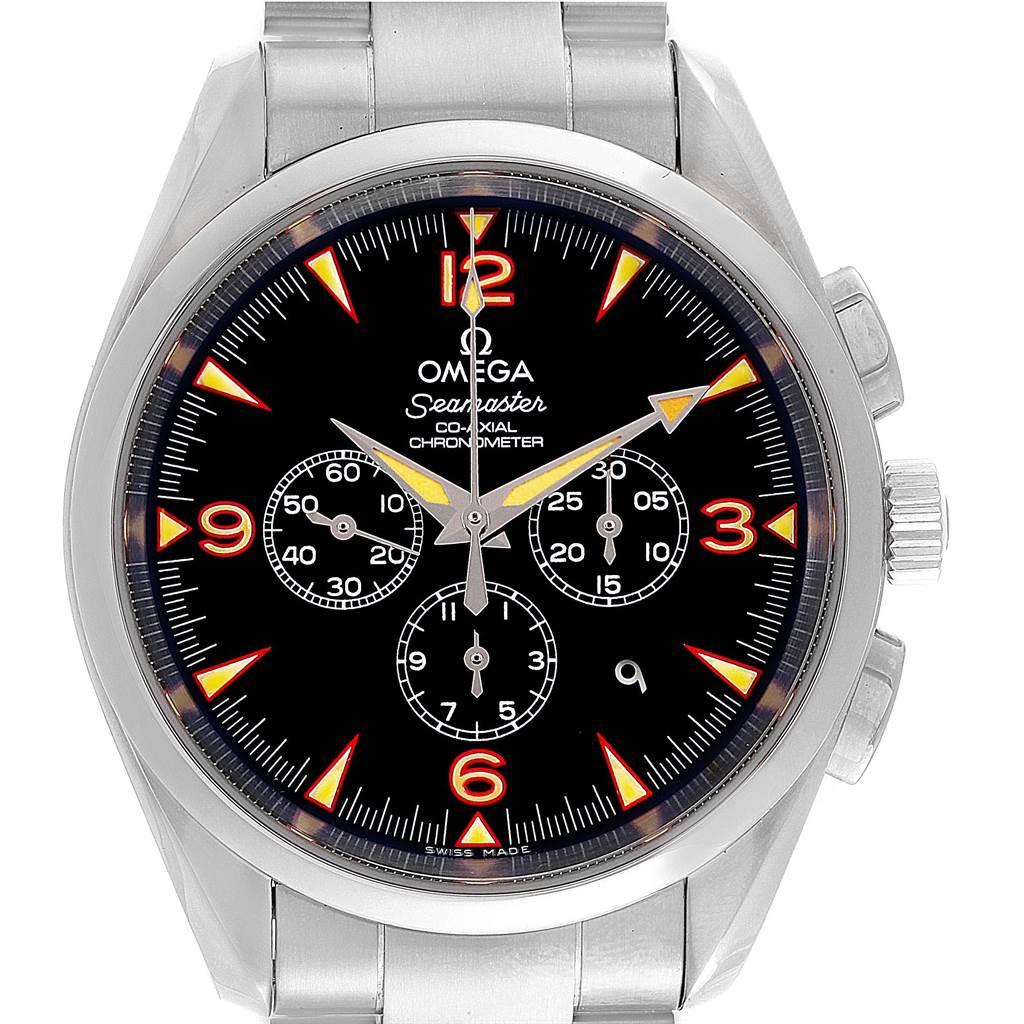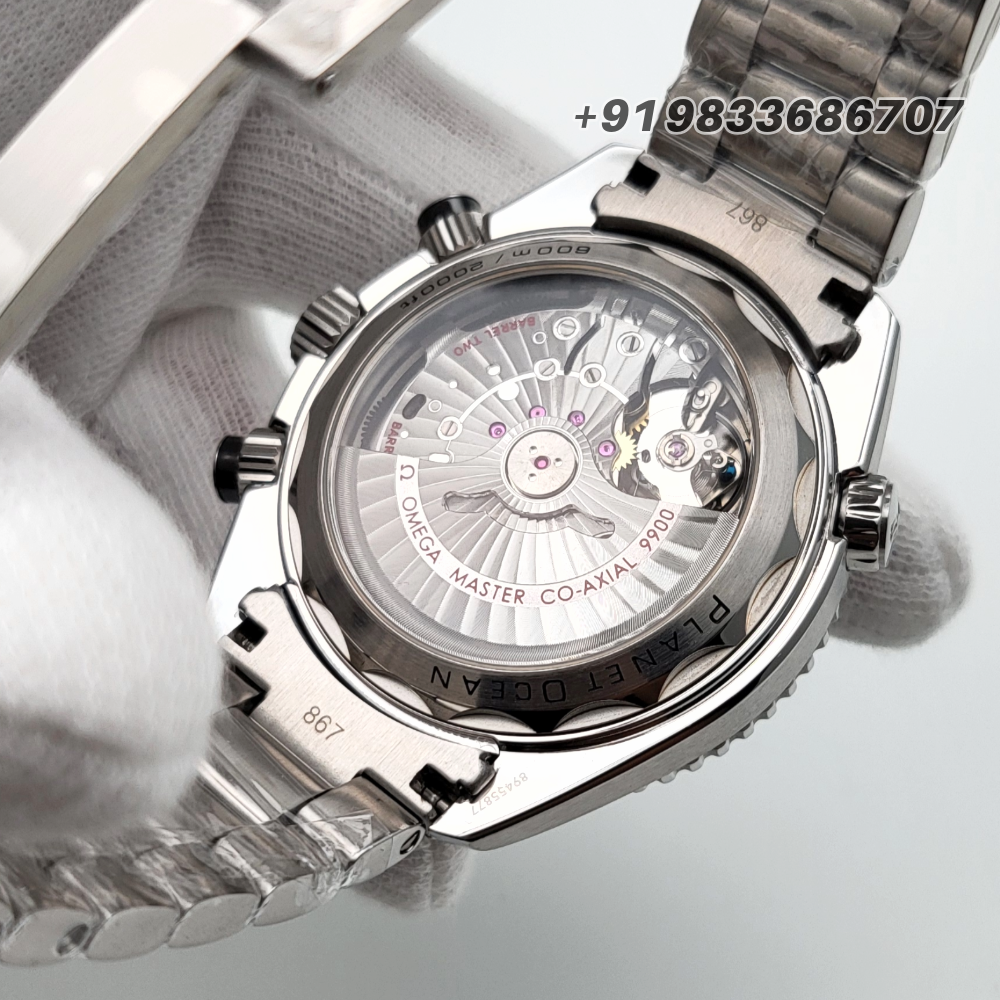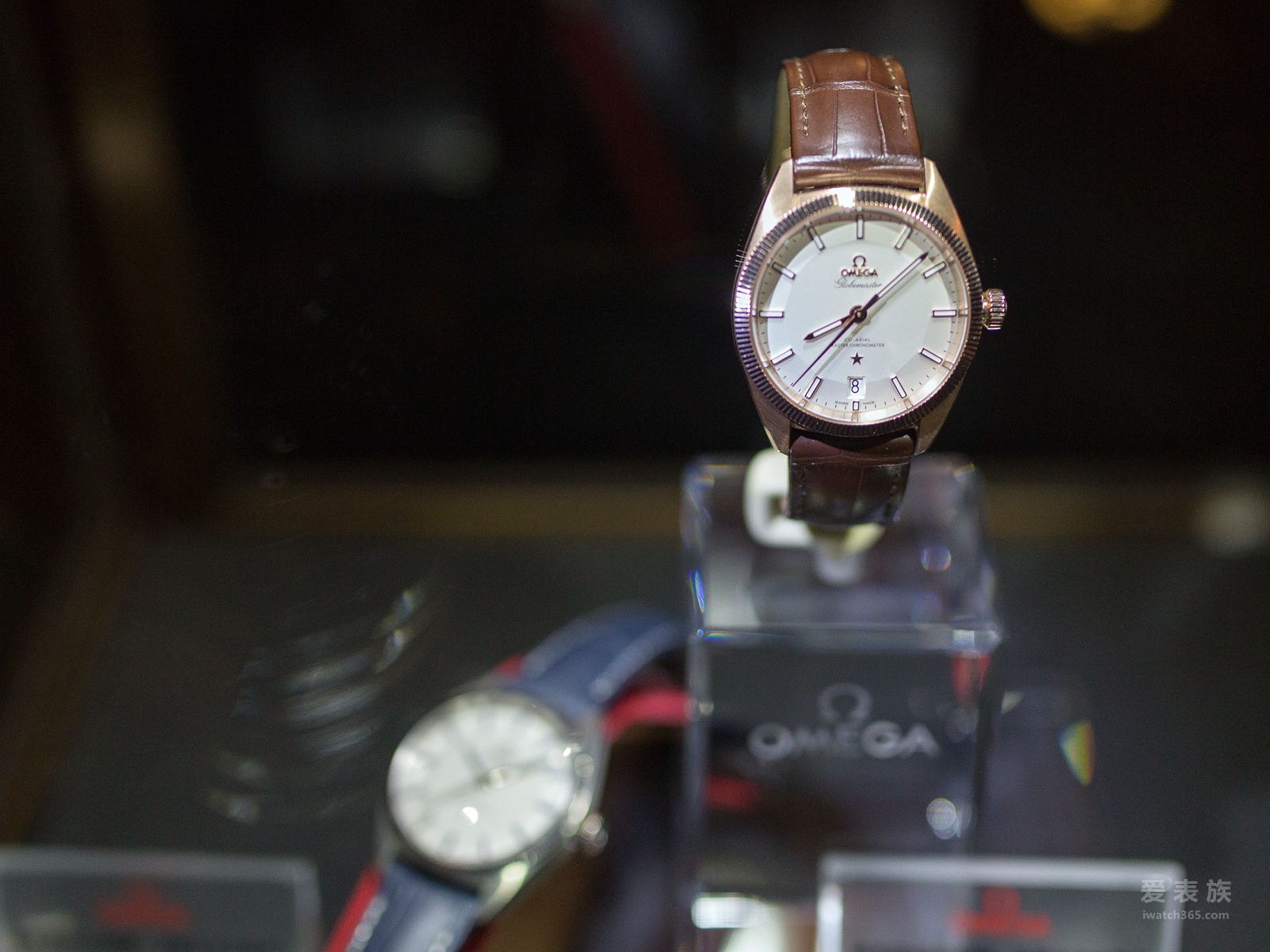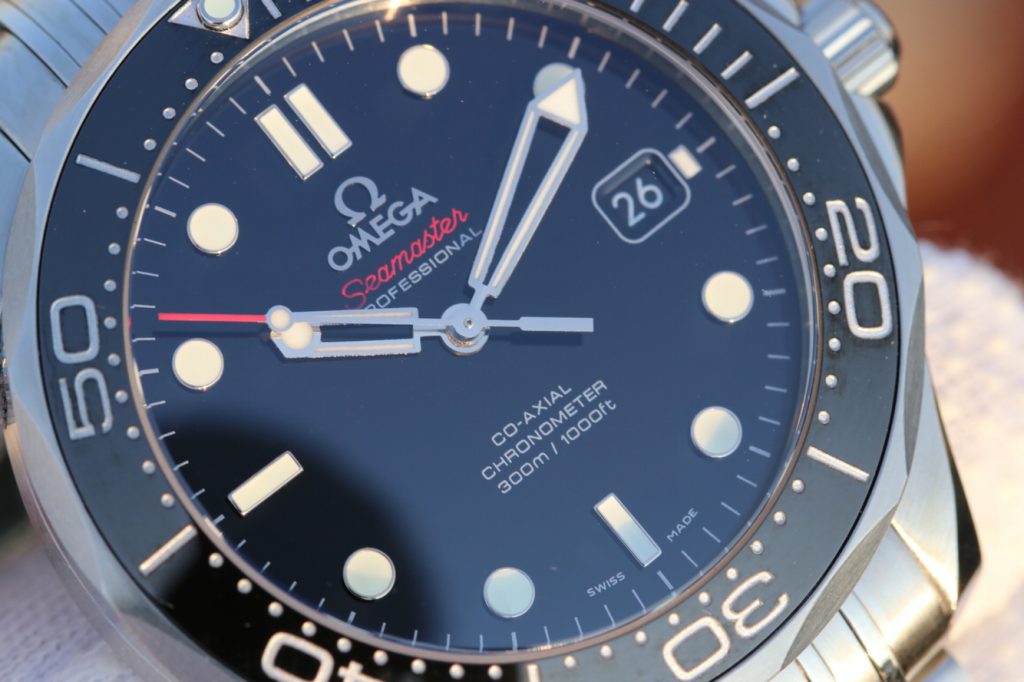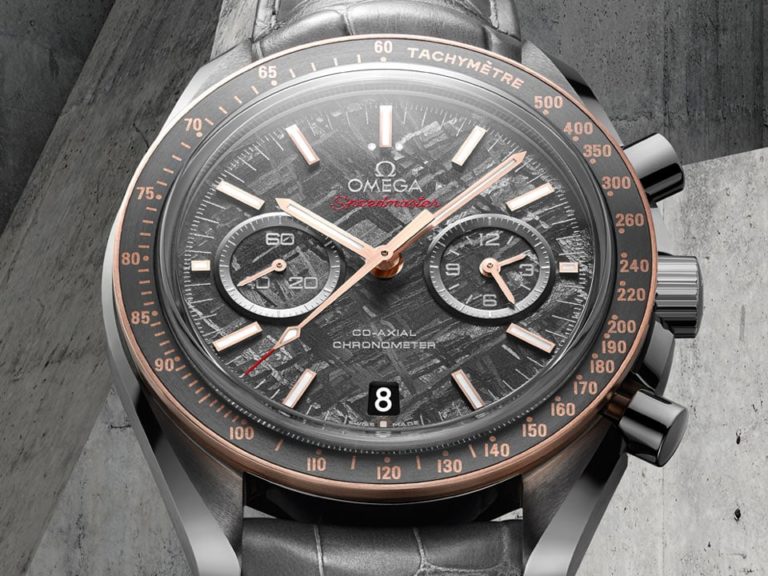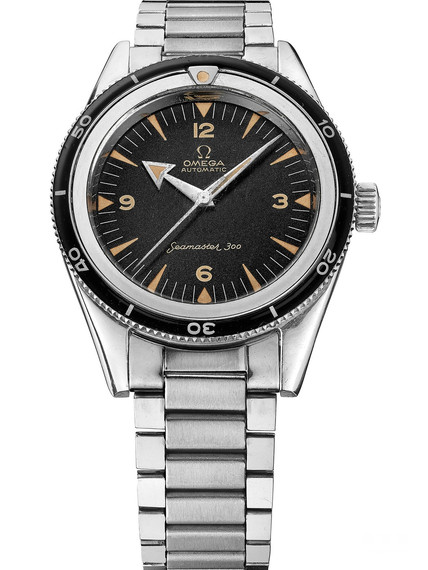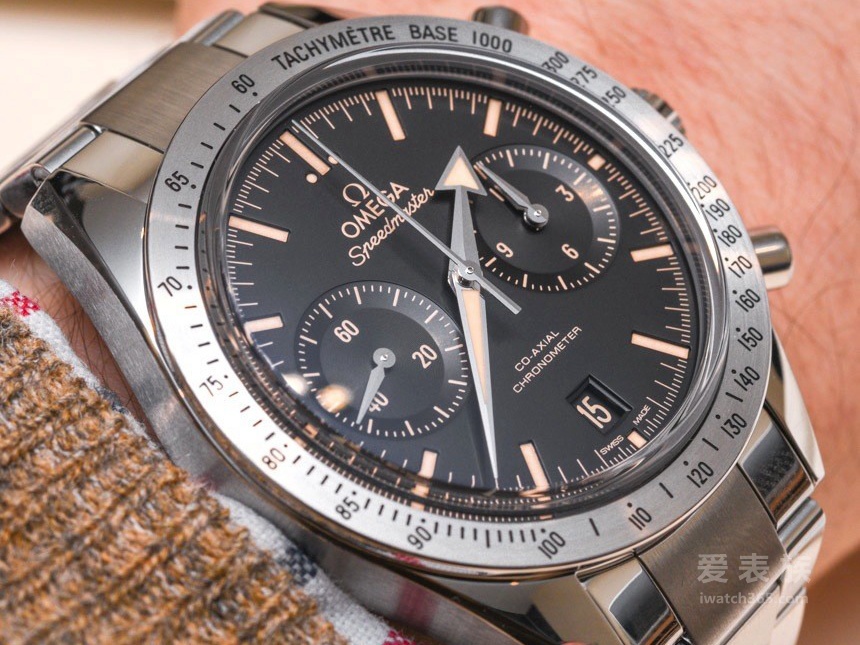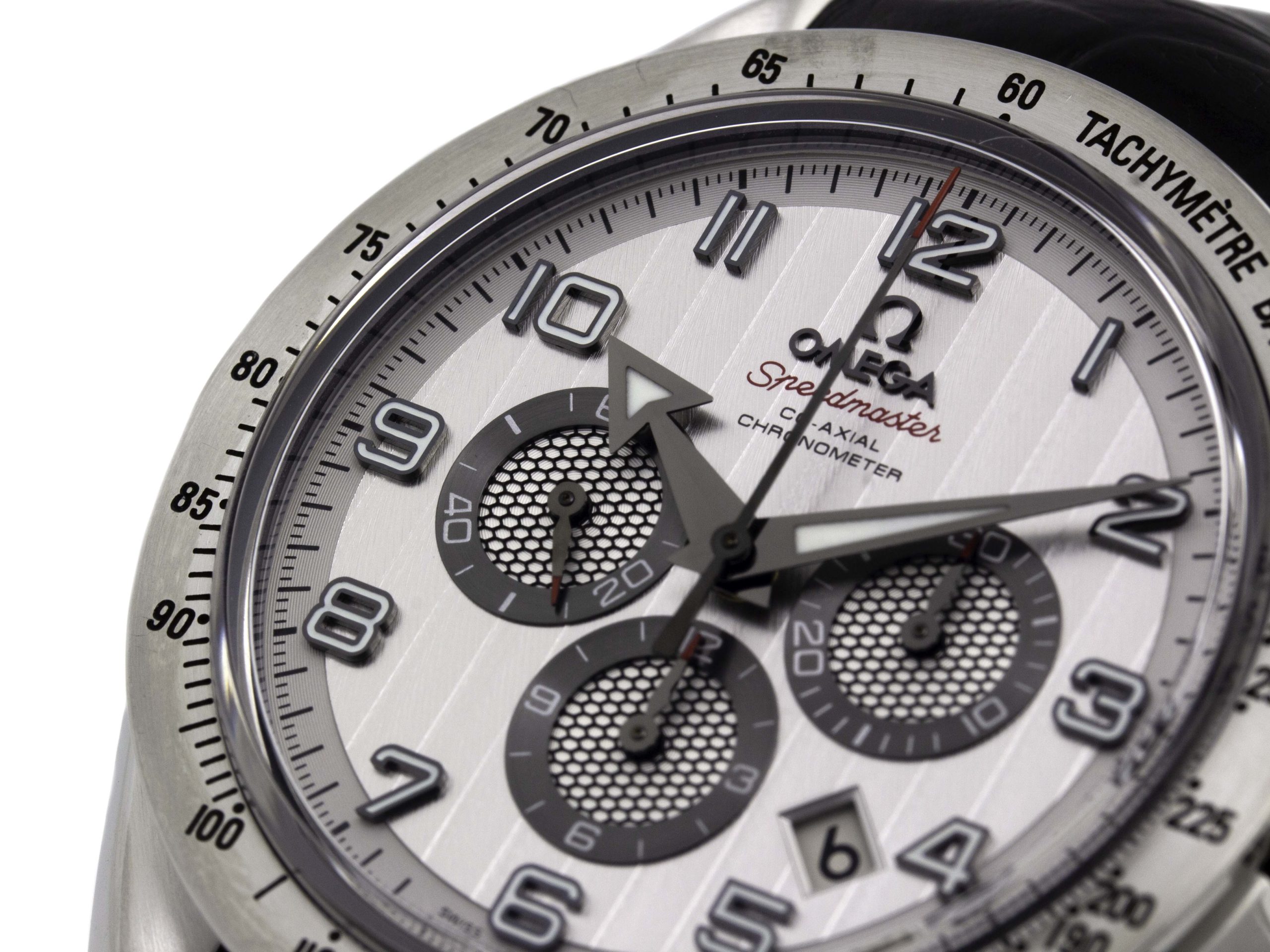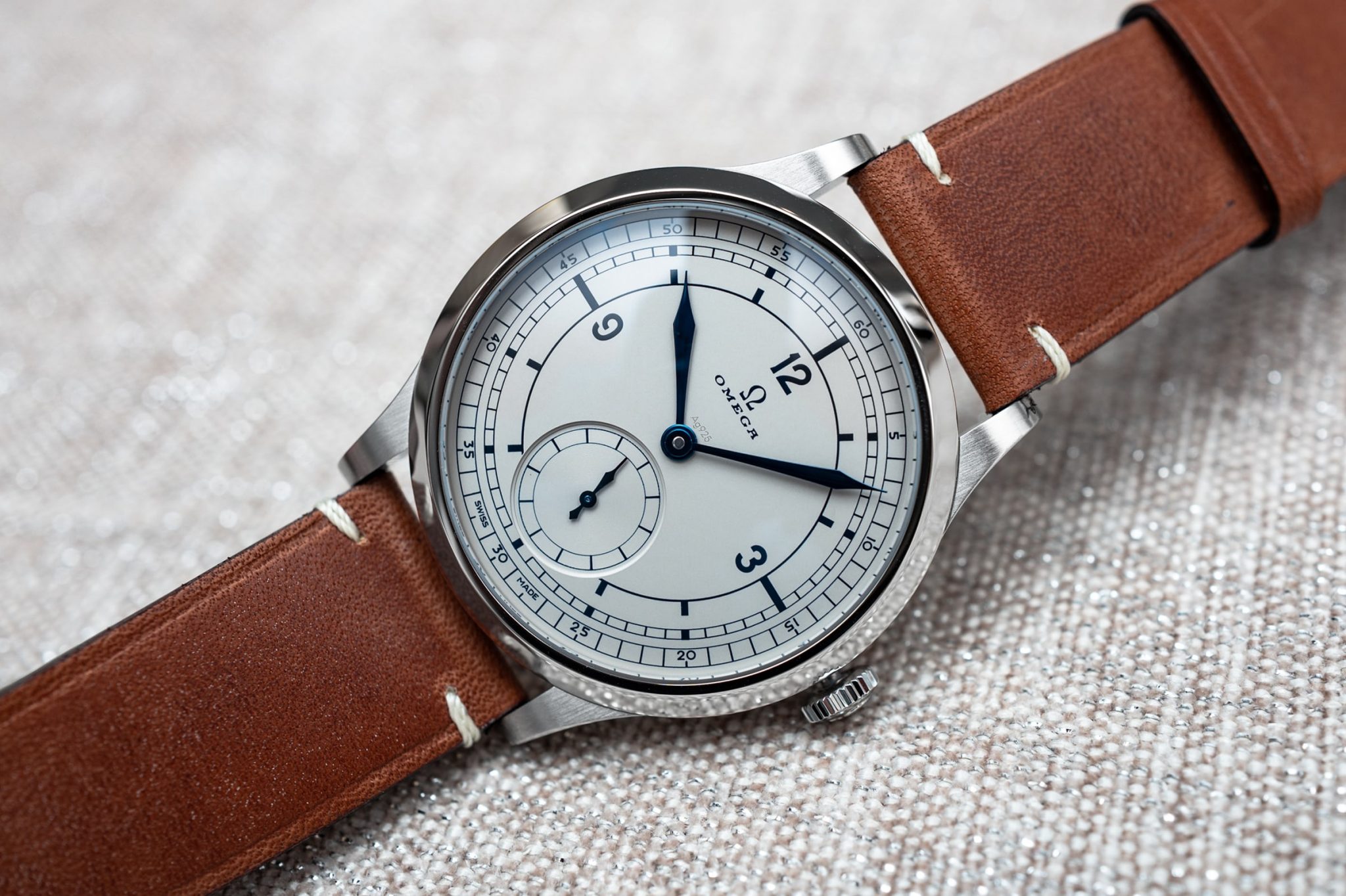Are Omega Watches Made In China
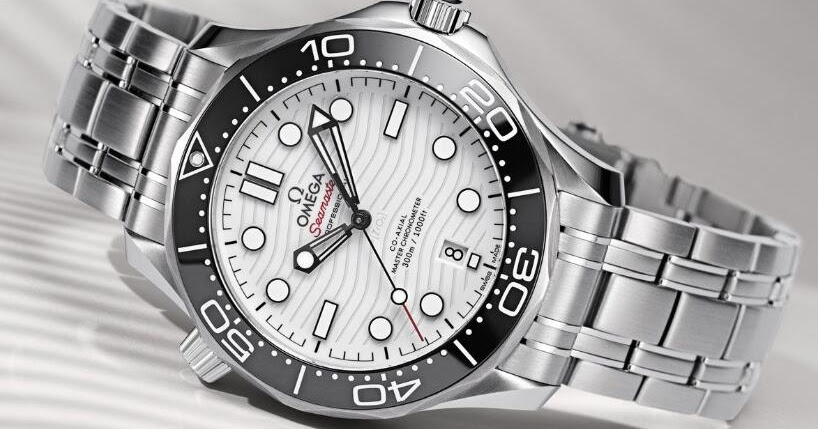
The question of origin and manufacturing location has become increasingly sensitive, especially in the realm of luxury goods. When it comes to Omega, a brand synonymous with Swiss watchmaking excellence, the question of whether components or entire watches are manufactured in China sparks curiosity and, for some, concern.
This article delves into the complexities of Omega's production processes, examining the extent to which China contributes to the creation of these coveted timepieces. We will analyze official statements, scrutinize industry practices, and present a balanced perspective on the matter, separating fact from speculation.
The Core of Swiss Made: Defining the Standard
The term "Swiss Made" carries immense weight in the watch industry. It's a label that consumers associate with high quality, precision engineering, and traditional craftsmanship.
Swiss law dictates the criteria a watch must meet to bear this prestigious mark. According to the Swiss Federal Ordinance on the Use of the Swiss Coat of Arms for Watches, at least 60% of the manufacturing costs must be incurred in Switzerland, and the technical development of the watch must also take place within the country.
Omega's Official Stance on Manufacturing
Omega, as part of the Swatch Group, adheres to the stringent requirements of the "Swiss Made" label. Their official communications consistently emphasize their commitment to Swiss manufacturing.
The Swatch Group Annual Reports and press releases frequently highlight investments in Swiss production facilities and the creation of jobs within Switzerland. These statements underscore their dedication to maintaining a strong Swiss identity.
However, complete transparency regarding the sourcing of every single component is rare in the watch industry. This lack of granular detail sometimes fuels speculation.
Global Supply Chains and Component Sourcing
The reality of modern manufacturing is that even brands deeply rooted in tradition often rely on global supply chains. Components, raw materials, and even certain manufacturing processes can be outsourced to various countries to optimize cost-efficiency and access specialized skills.
It is highly probable that some components used in Omega watches are sourced from outside Switzerland, including China. This practice is not unique to Omega; many Swiss watch brands utilize global suppliers for certain parts.
The key distinction lies in whether the core manufacturing processes and the majority of the value creation occur in Switzerland, ensuring compliance with the "Swiss Made" regulations.
Examining Potential Chinese Contributions
While Omega maintains its commitment to Swiss Made, it's important to consider where Chinese manufacturing might play a role. Certain non-critical components, such as straps, boxes, or packaging materials, could potentially be sourced from China.
Some speculate that certain movement components, especially those requiring high-volume production, might be manufactured in China before being finished and assembled in Switzerland. This is a common practice in other industries.
However, there is no concrete evidence to suggest that core movement components or critical watch parts are exclusively manufactured in China. The emphasis remains on Swiss assembly, finishing, and quality control.
The Importance of Quality Control and Swiss Assembly
Regardless of where components are sourced, Omega's reputation hinges on its rigorous quality control standards and the final assembly taking place in Switzerland. This ensures that each watch meets the brand's exacting specifications.
Swiss watchmakers possess a unique set of skills and expertise that are integral to the finishing and regulation of mechanical movements. These skills are crucial for achieving the accuracy and reliability expected of a high-end timepiece.
Omega's investment in advanced manufacturing facilities and training programs in Switzerland demonstrates their commitment to maintaining these skills within the country.
Consumer Perceptions and Brand Value
The perception of "Swiss Made" is a powerful driver of consumer demand. It represents a promise of quality, heritage, and exclusivity.
Concerns about the potential for Chinese manufacturing stem from a desire to ensure that Omega continues to uphold these values. Consumers want reassurance that they are paying for genuine Swiss craftsmanship.
Brands like Omega are keenly aware of this perception and actively work to maintain the integrity of their brand image.
Looking Ahead: Transparency and Traceability
The future of luxury watch manufacturing will likely involve increased transparency and traceability. Consumers are demanding more information about the origin and production processes of the goods they purchase.
Blockchain technology and other tracking systems could potentially be used to provide greater visibility into the supply chain. This would allow brands to demonstrate their commitment to ethical sourcing and sustainable manufacturing practices.
Ultimately, the long-term success of Omega, and other Swiss watch brands, will depend on their ability to balance the demands of a globalized marketplace with the preservation of their Swiss heritage and the trust of their customers. Omega will continue to invest in Switzerland and maintain the standards needed for the "Swiss Made" designation to continue as a sign of luxury and value.
